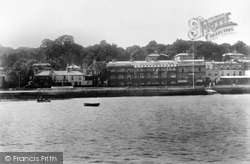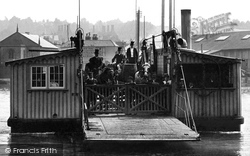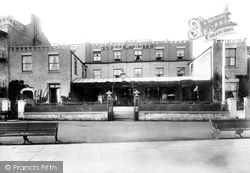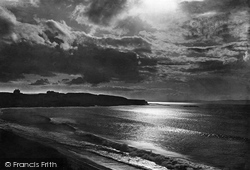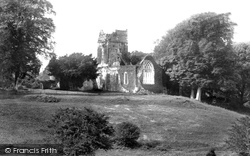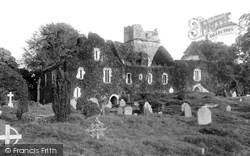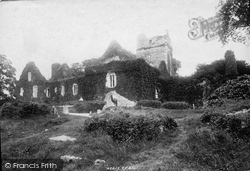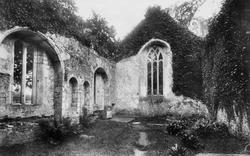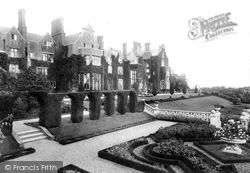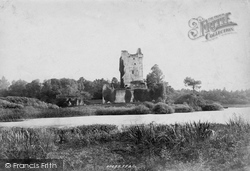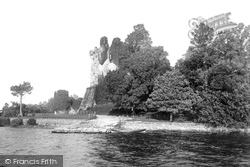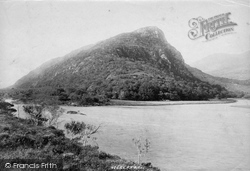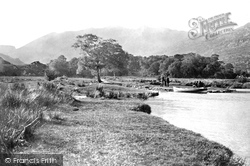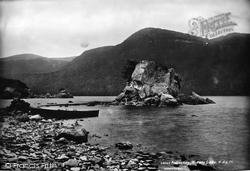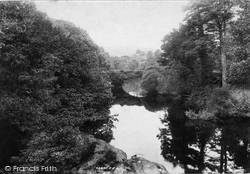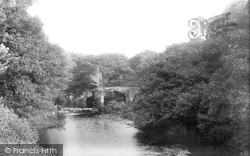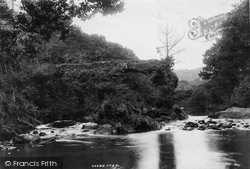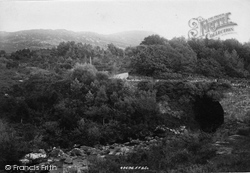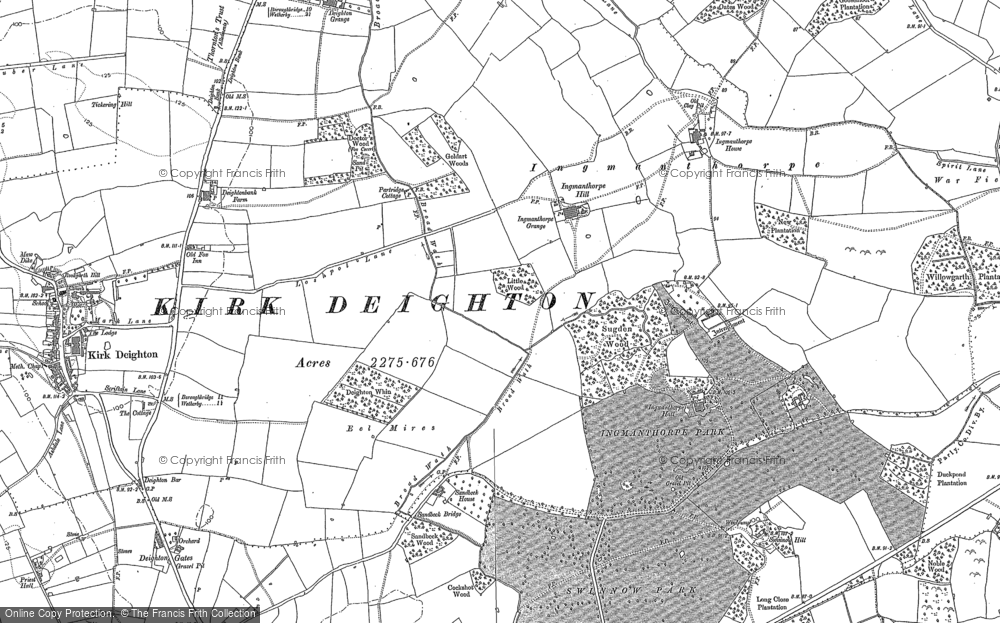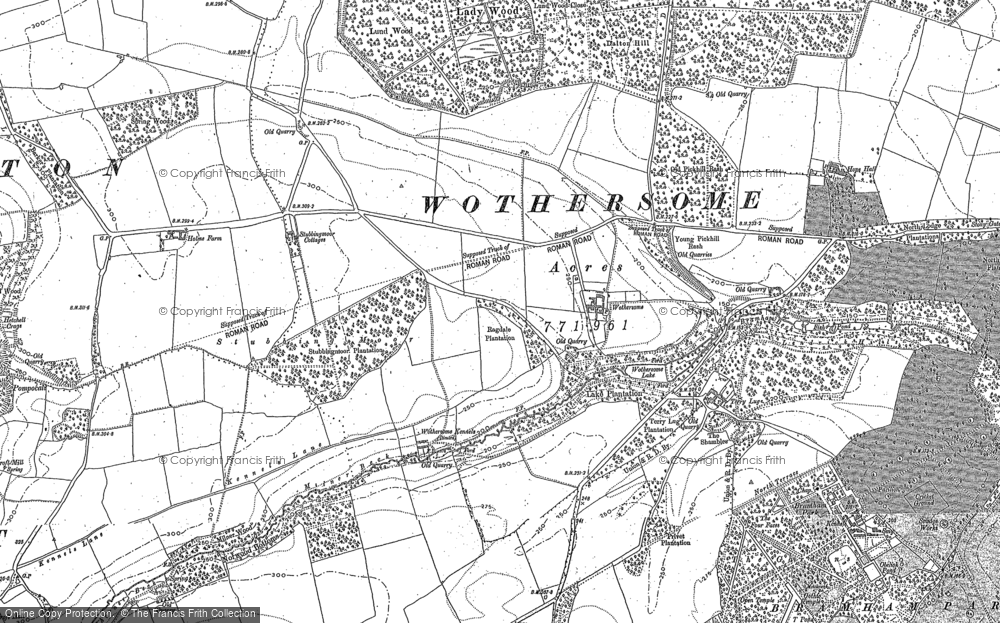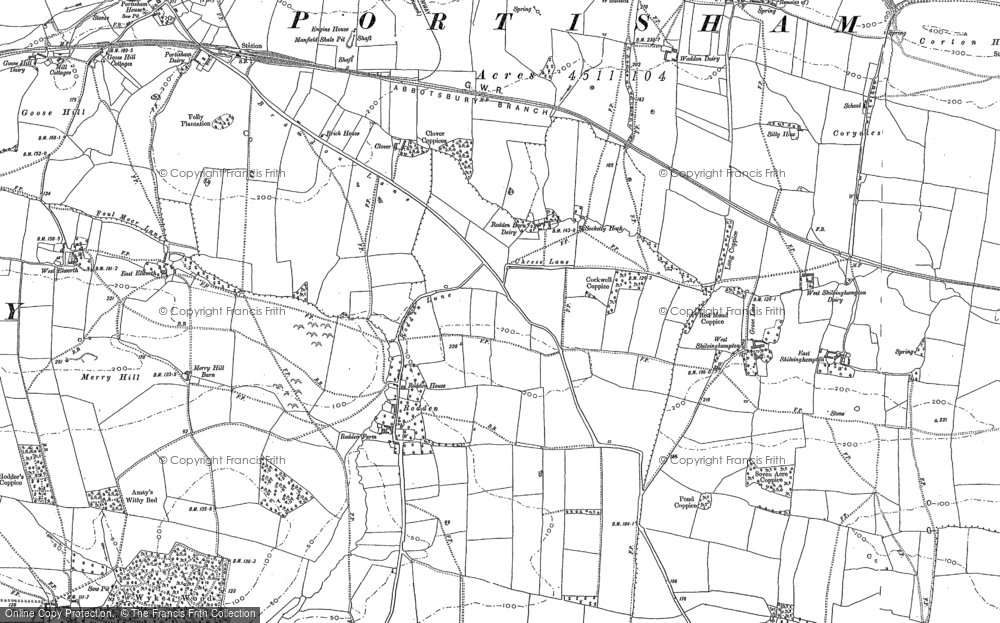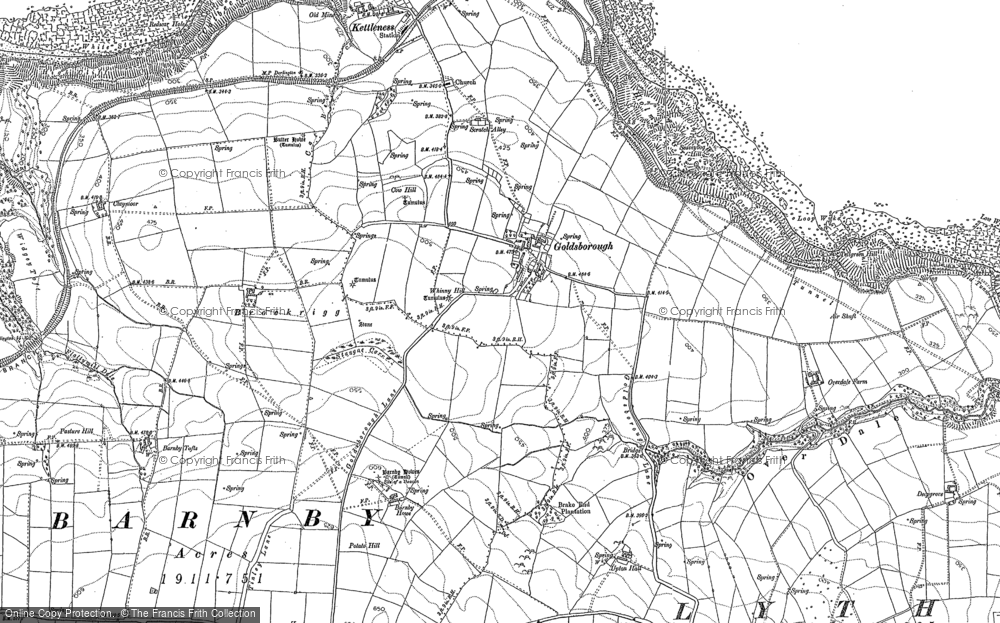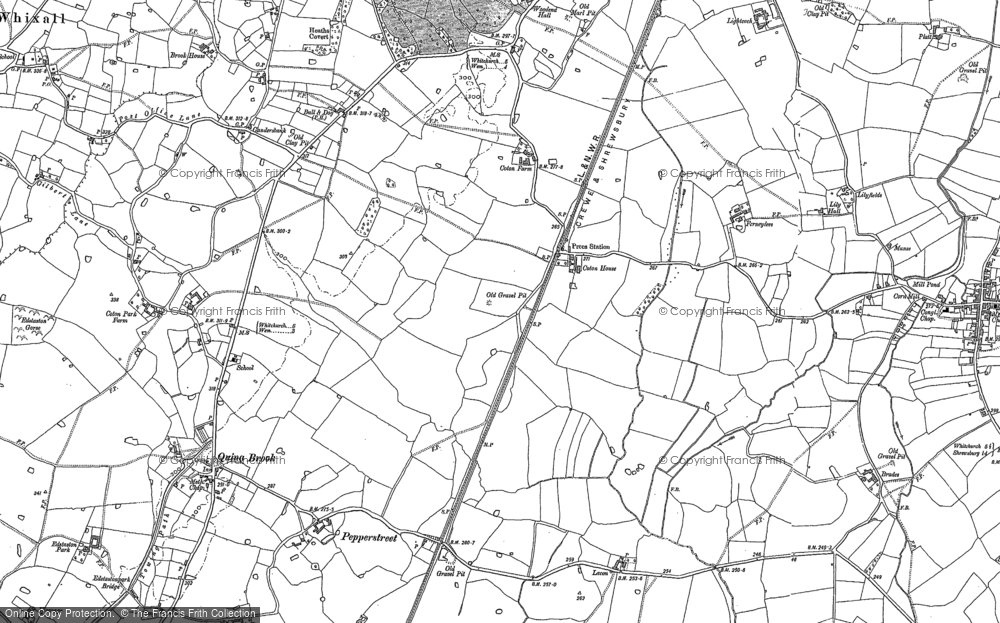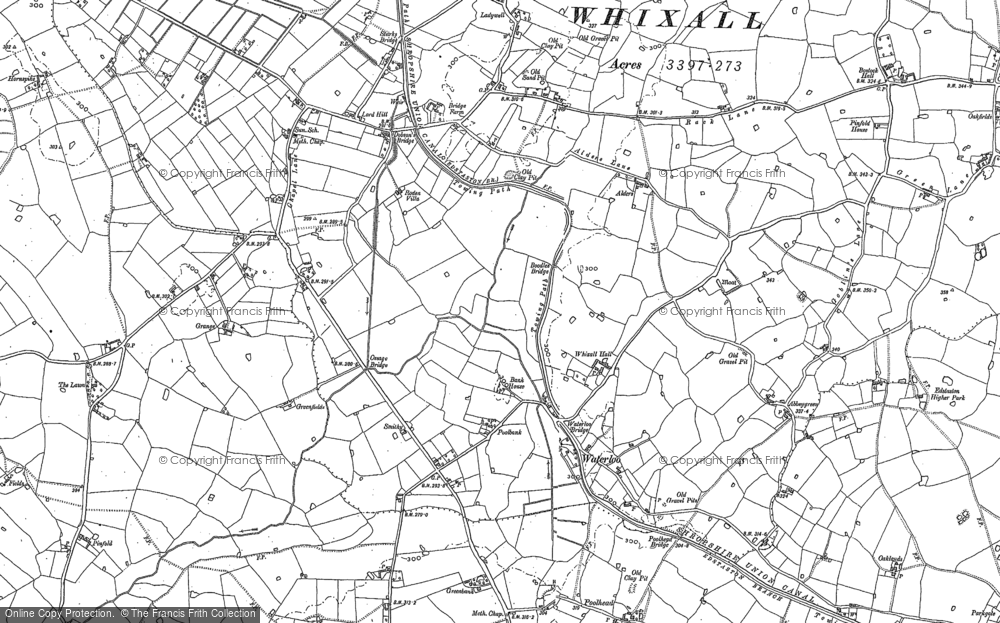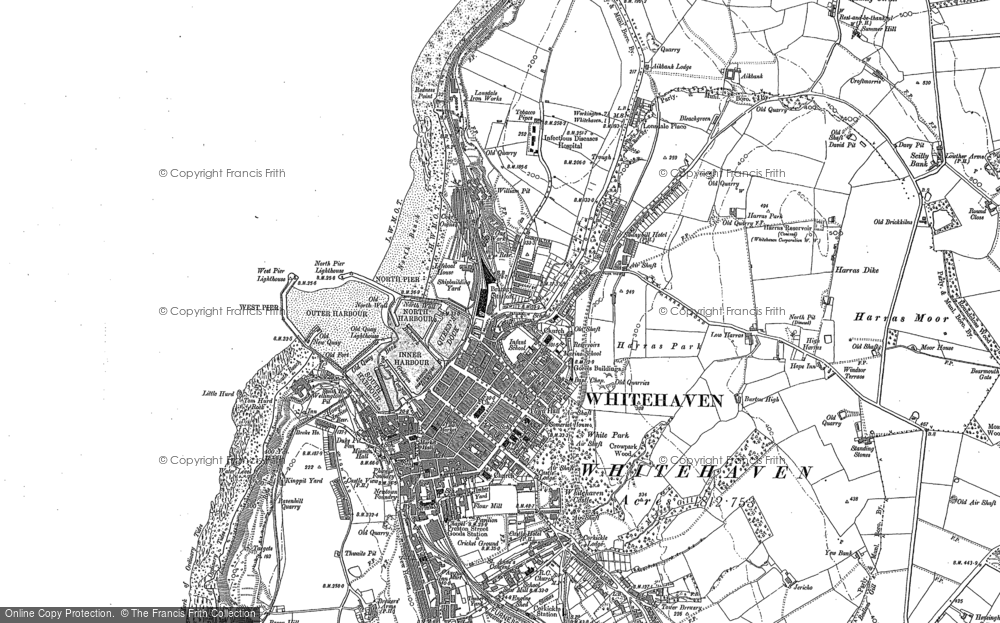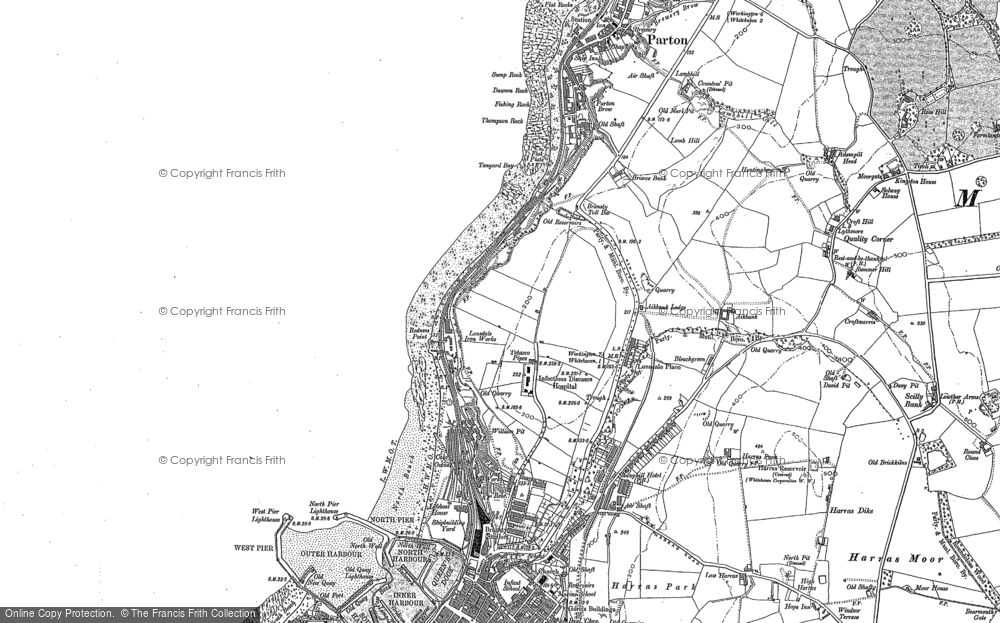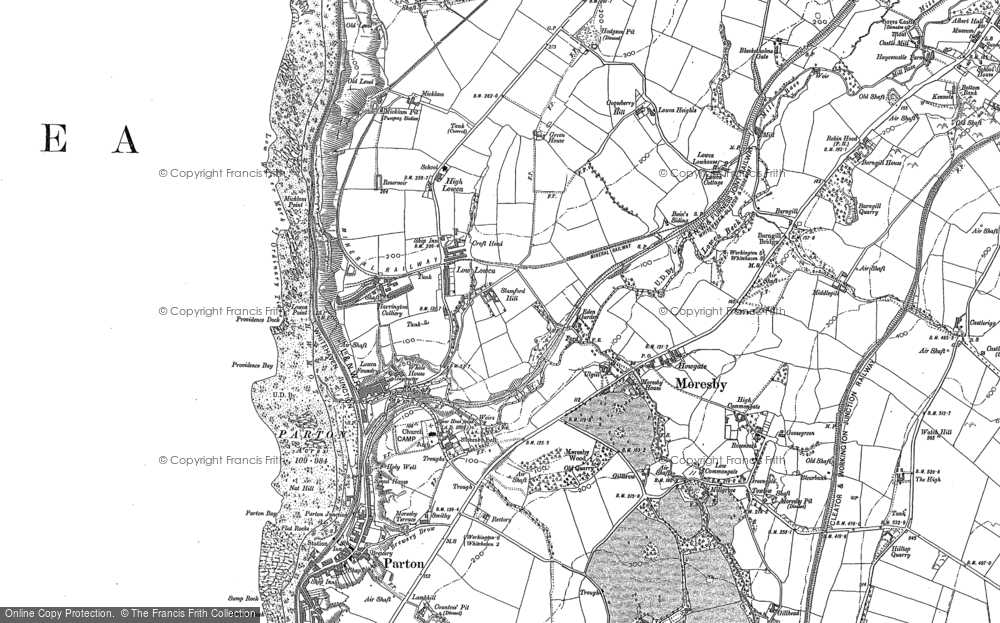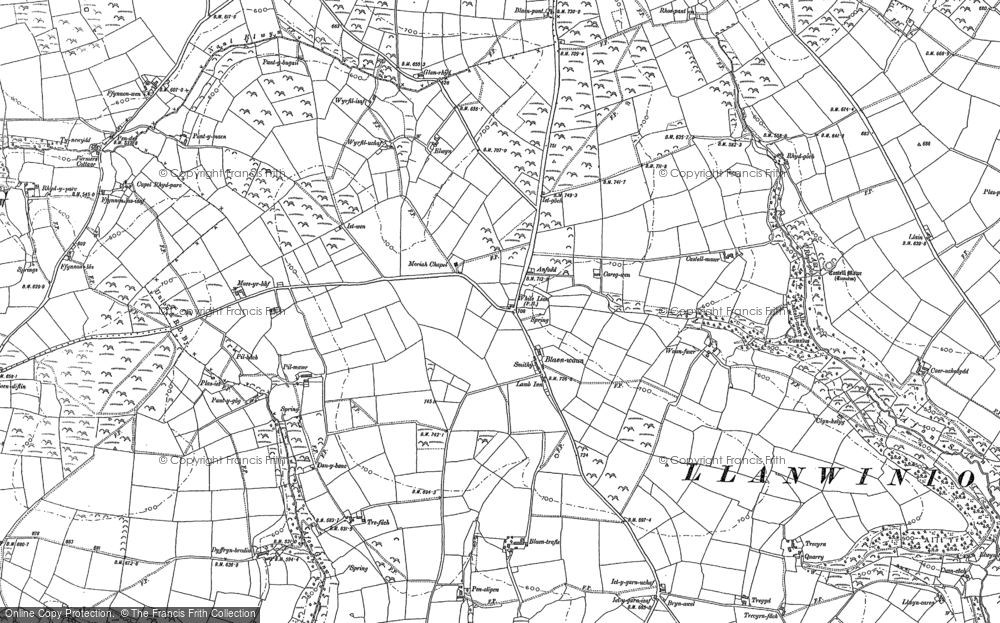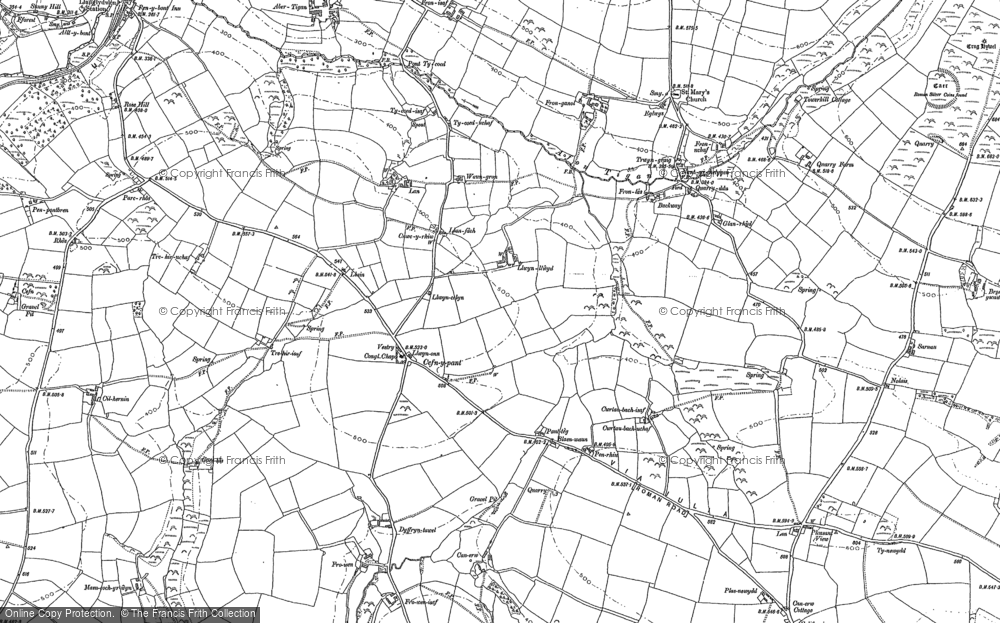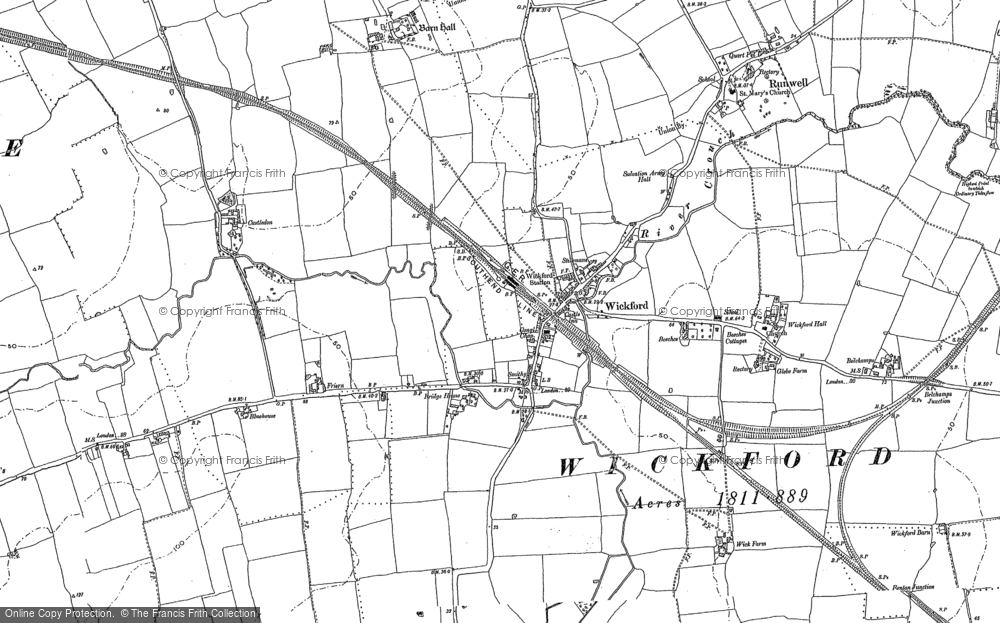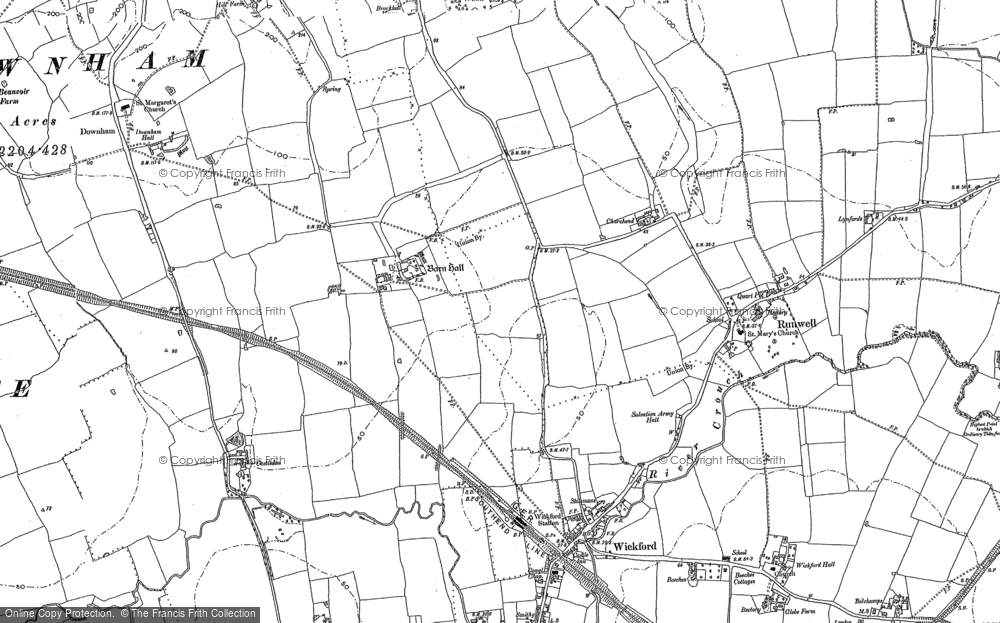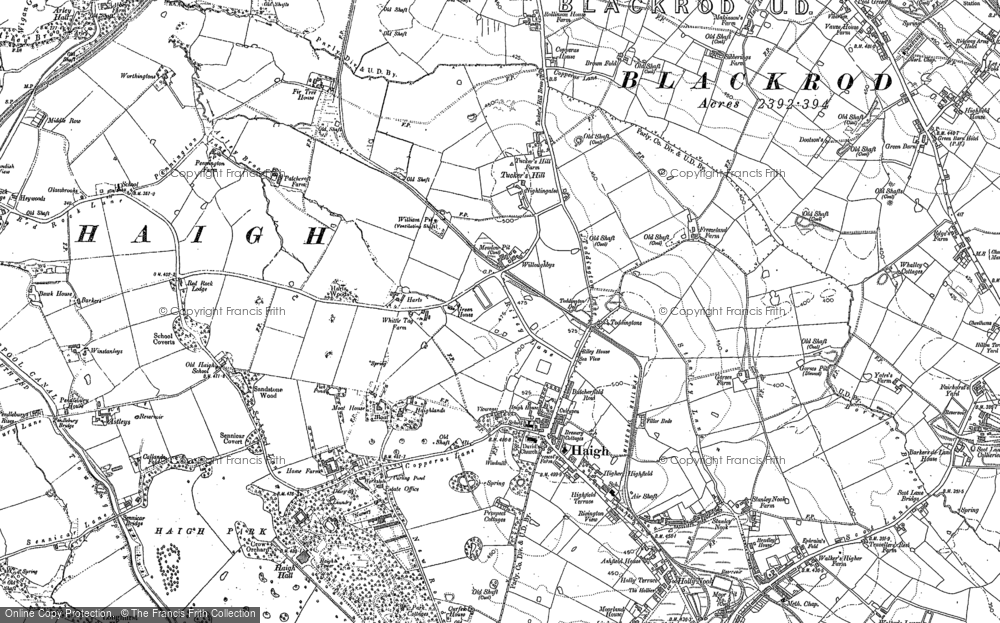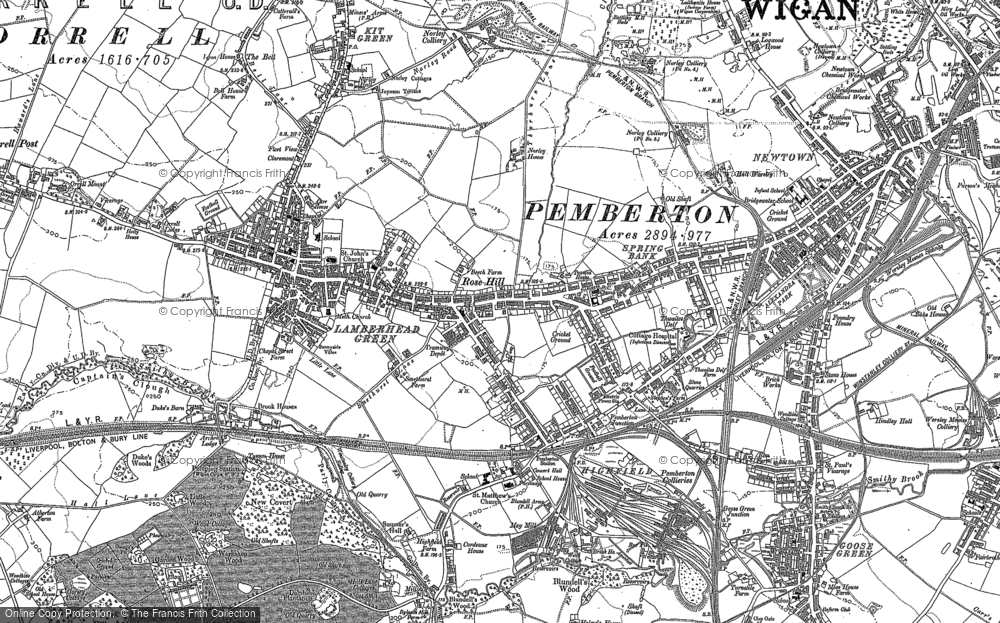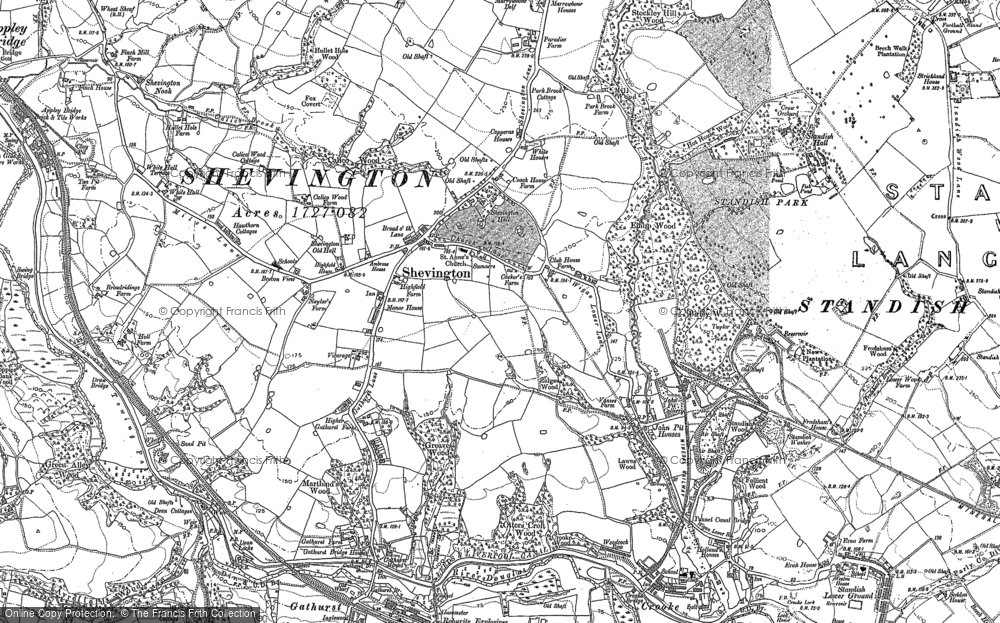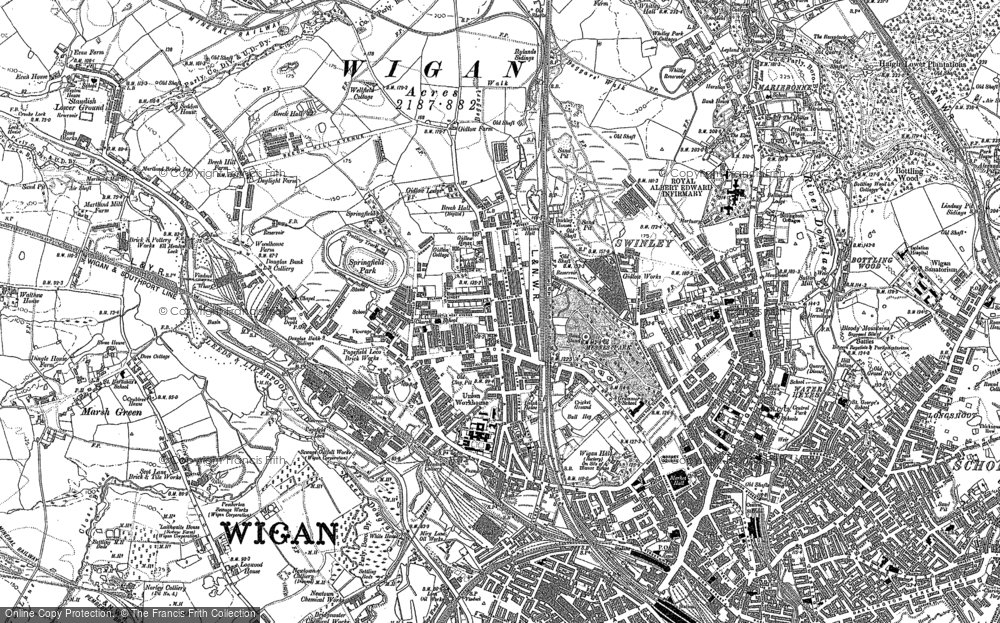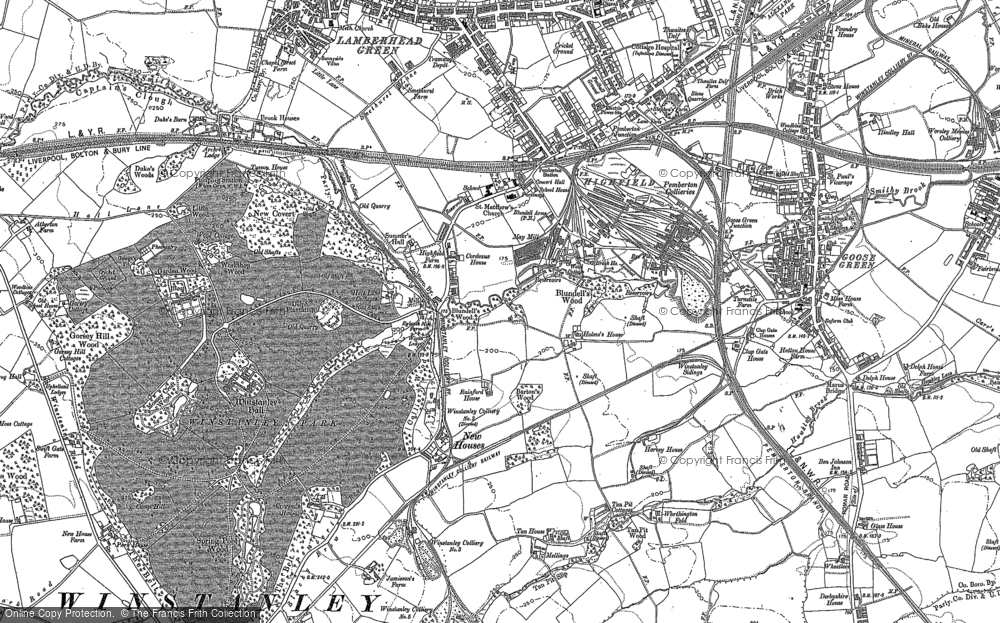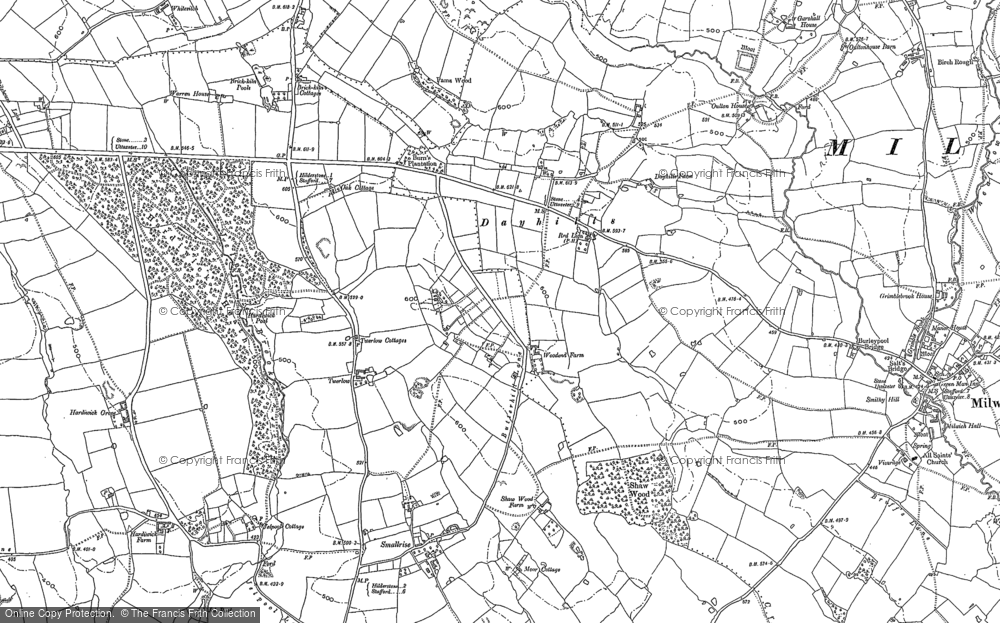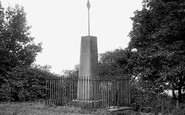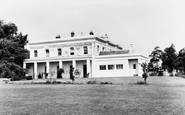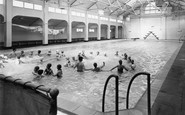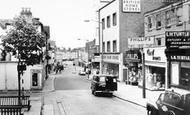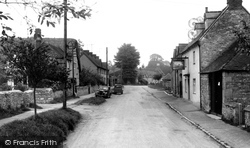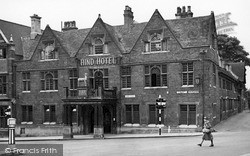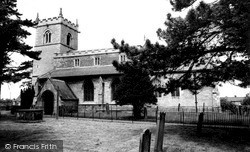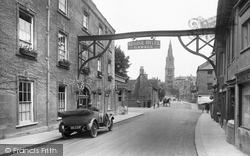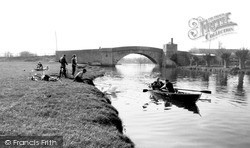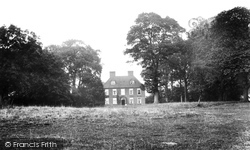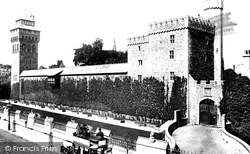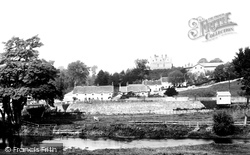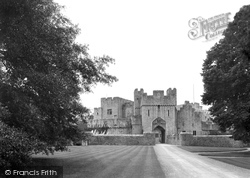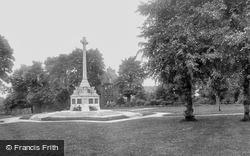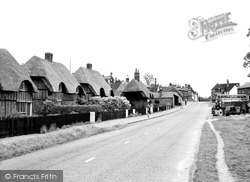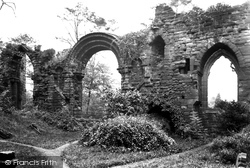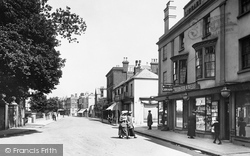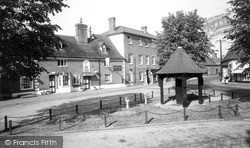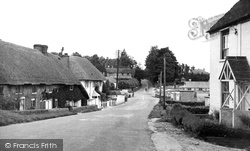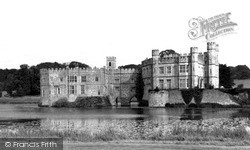Places
36 places found.
Those places high-lighted have photos. All locations may have maps, books and memories.
- Shanklin, Isle of Wight
- Ventnor, Isle of Wight
- Ryde, Isle of Wight
- Cowes, Isle of Wight
- Sandown, Isle of Wight
- Port of Ness, Western Isles
- London, Greater London
- Cambridge, Cambridgeshire
- Dublin, Republic of Ireland
- Killarney, Republic of Ireland
- Douglas, Isle of Man
- Plymouth, Devon
- Newport, Isle of Wight
- Southwold, Suffolk
- Bristol, Avon
- Lowestoft, Suffolk
- Cromer, Norfolk
- Edinburgh, Lothian
- Maldon, Essex
- Clacton-On-Sea, Essex
- Norwich, Norfolk
- Felixstowe, Suffolk
- Hitchin, Hertfordshire
- Stevenage, Hertfordshire
- Colchester, Essex
- Nottingham, Nottinghamshire
- Bedford, Bedfordshire
- Bury St Edmunds, Suffolk
- Aldeburgh, Suffolk
- St Albans, Hertfordshire
- Hunstanton, Norfolk
- Chelmsford, Essex
- Bishop's Stortford, Hertfordshire
- Peterborough, Cambridgeshire
- Brentwood, Essex
- Glengarriff, Republic of Ireland
Photos
9,106 photos found. Showing results 6,961 to 6,980.
Maps
181,006 maps found.
Books
11 books found. Showing results 8,353 to 11.
Memories
29,056 memories found. Showing results 3,481 to 3,490.
My Life In Widnes
I lived in Beach Terrace until 1948 then moved to Christie Street. I went to St Bedes school and the Fisher More until 1955. I went to work at the Co-op in Albert Road,it was a great job and I made lots of friends. I love living ...Read more
A memory of Widnes by
Pole Hill Obelisk
I've never heard of this being referred to as Queen Bodicea obelisk. I have always known it as the Royal Observatory obelisk, created as a referral point for the Greenwich 0 (zero) deg line of longitude which it is placed on. ...Read more
A memory of Chingford in 1930 by
Laleham Ghost
I was sitting on the riverbank seat at the end of Blacksmiths Lane with another girl and three boys, we were laughing and chatting one summer evening at about 8pm. Suddenly and simultaneously, we saw a hooded monk like figure dressed ...Read more
A memory of Laleham in 1962 by
Bomb Blast `siding` Margaret Street/Victoria Street.
I recall as a young boy of 7 or 8, that I was among a group of friends playing on the siding at the bottom of Margaret Street. We, as friends, found the bomb on the Rhigos Mountain and carried ...Read more
A memory of Treherbert in 1943 by
The Heap Family/ Lovick Family
My dad was born in 1923 at 23 East Street, Barnoldswick. He was born out of wedlock to Lilian Victoria Heap; who lived with her father, Harry Heap, in East Street. My father, Harold Heap, had very few memories of ...Read more
A memory of Barnoldswick in 1920 by
Seaton Carew Baths 1951
My memory of the Baths was getting up at 6.30am to get there for the First Session at 7am. I would swim until 8am then either ride on my bike or walk along the Seafront and Mainsforth Terrace, past the Coal Staithes to ...Read more
A memory of Seaton Carew in 1951 by
Crown Hill And Other Memories
In about 1952 appeared in the scouts gang show at Civic Hall organised by Ralph Reader. In 54 attended my final year prize giving before I left Croydon Sec Tech. Still have picture of this event which appeared in the ...Read more
A memory of Croydon in 1953 by
Boltro Road Businesses
I remember from the mid 1970's I was planning to have a career as a Town Planner (ended up training as an RMN at St Francis) and was always writing studies on post war Haywards Heath. Needless to say, I was delighted ...Read more
A memory of Haywards Heath by
Born On Sutton Flats
I was born on Sutton Flats (now demolished) Pendleton in 1941. My first vague memory was sitting under a table with a blanket draped over it and a lit candle (must have been an air-raid on at the time). My first real memory ...Read more
A memory of Salford by
Post War Crays Hill And Four Gables
After WW2 my father started a rabbit farm - for food and fur - at 'Four Gables' Crays Hill. I remember it was down a lane to the right from the main road, if you were going to Billericay. I went to the ...Read more
A memory of Crays Hill in 1940 by
Your search returned a large number of results. Please try to refine your search further.
Captions
29,158 captions found. Showing results 8,353 to 8,376.
Cuddesdon was once the home of the bishops of Oxford. There was a palace here, set ablaze in 1644 to prevent the Parliamentary troops in the Civil War from seizing it.
At the top of Sheep Street is the largely 17th-century Hind Hotel, perhaps the best secular building in the town.
The church of St Wilfred is another of the hundreds of Lincolnshire limestone churches, and it has not changed in almost fifty years. The church was damaged by fire in 1599 and restored in 1601.
The days of floodlighting have arrived too, although at this time the lights are illuminating the George's sign rather than the front of the building as they do today.
A crowded WSV 'Tern' prepares to embark on a trip down Windermere from the Waterhead pier on a summer's day.
About twenty-five miles downstream from its source we reach the stone-built town of Lechlade on the Gloucestershire bank of the Thames. The Ha'penny Bridge was built in 1792 to replace a ferry.
In the shadow of Europe's first million kilowatt power station, opened in 1962, lies this Georgian house.
The first Norman castle at Cardiff is thought to have been built in c1081, possibly on the site of a Welsh stronghold.
There was an earlier castle on the site, but little is known about it save for traces of what might be a 13th-century curtain wall.
There are no identifiable remains of the castle built here in the 12th and 13th centuries.
East of Throwley Road is Manor Park. It grew in area as a result of purchases and gifts, but started out as a war memorial park.
Dating back to the 18th century, the deed to each of these cottages restricts the householder to replacing the thatched roof only with thatch, and further prescribes the method and colour of redecoration
The present church of St John's occupies the nave of the former priory; the choir and chancel were destroyed in 1470 when the central tower collapsed.
By 1830 the name Hothamton had been dropped in favour of Bognor. The High Street was part of the original lane which ran through the old village to the sea.
This extraordinary old manor house had been bereft of its famous author owner, Charles Dickens, for 24 years when this picture was taken. Dickens died here on 9 June 1870 at the age of 58.
Pargetting is a feature of this delightful building, which used to house the village fire engine (which was not famed for speed—it was often a case of 'first find your horse').
In days gone by there was a gate across the road at this point which barred the way to passers-by, who could only proceed on payment of a toll.
The inn occupied both of these buildings. The one to the left is 16th-century, with a brick façade of 1759. The taller building was erected in 1826.
The house opposite is The Wakes, now a museum illustrating the story of naturalist and explorer Francis Oates and of his nephew Captain Lawrence Oates, who joined the fateful Antarctic expedition in 1911
At the foot of the hill is a junction. Left is for Nether Wallop and right is for Over Wallop. Out of sight by the café sign is a large roadside pub, The George Inn.
The attractive mixture of village vernacular and Victorian buildings suggests a sleepy backwater, yet Caerleon has been an important site since Roman times, when they turned it into a major fortress, and
A Little Chef and a more modern fuel station (the Mile End service station) has now taken the place of this homely café we see here offering teas and the delights of the ubiquitous Hovis loaf.
The Buttertubs Pass leads dramatically down to this village, which is 9 miles west of Muker. It was hit by a natural disaster in 1898, the result of a cloud burst.
Originally a wooden Saxon fortress built on two islands, the building was transformed into a solid stone castle at the end of the 12th century by the Norman baron Robert de Crevecoeur.
Places (6814)
Photos (9106)
Memories (29056)
Books (11)
Maps (181006)


